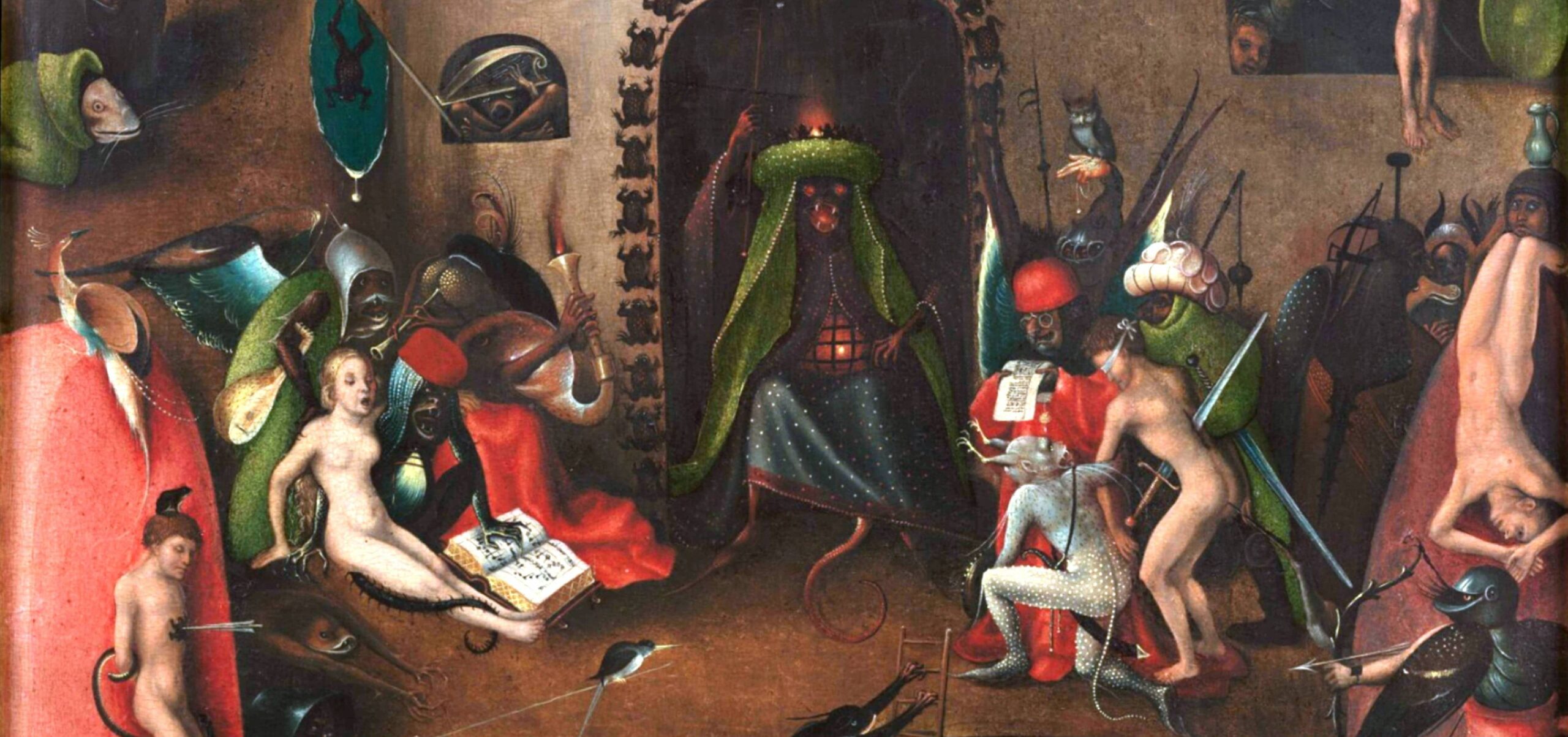
This is the fifth in a series of eight articles about the 14th century carvings of medieval minstrels in Beverley Minster, a church in the East Riding of Yorkshire. There are 71 images of musicians in stone and wood, more than in any other medieval site. This article asks what is special about the Minster that it houses such a profusion of minstrel iconography, and finds the answer in the “Order of the Ancient Company or Fraternity of Minstralls in Beverley”, a trade guild for professional musicians which covered the whole of the north east of England.
This is followed in the sixth article with an examination of the 14th century allegorical carvings of real and mythical beasts; in the seventh article with musical aspects of the 16th century misericords and the 19th–20th Gothic revival century organ screen; and the final article puzzles over the paucity of print publications about the magnificent medieval minstrels, and the Minster’s declared lack of interest in accurate information about their uniquely important iconography.








